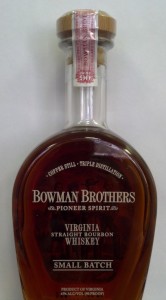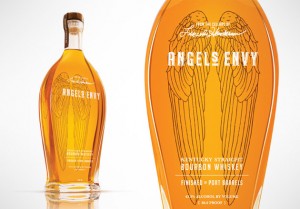Mark Peterson writes:
I teach Philosophy at one of the University of Wisconsin Campuses and a colleague over in History and I were thinking about a course to be called something like “The Spirit(s) of America”… that would use whiskey as the focus for the history and political philosophy of the US (eg. I usually use the rules of drinking from Greek symposia to explain arete)… anyway, you get the idea.
So I’ve been rooting around for a text I could use. Probably a 200 or 300 level class.
Any suggestions?
Love the blog and thanks!
Hi Mark! Welcome. Glad to hear you’re enjoying the blog.
Sounds like you’re planning a great class. As for texts, here’s a few ideas:
- Whiskey & Philosophy: A Small Batch of Spirited Ideas – I never found the time for the reflections on the book that I promised here, but so far as I know, it is the only philosophical text on the subject out there.
- Drink: A Cultural History of Alcohol – I’ve not read the whole thing, but I’ve used several of the chapters for reference, and I’m pretty happy with it. Much broader than your interests, but several chapters of interest. (Don’t know if it is up to the professional historian’s historiographical standards.)
- And a Bottle of Rum: A History of the New World in Ten Cocktails – A lot of the book is about early America, and so rum is centered over whiskey, but whiskey is still a part of the story. (Same historiographical caveat.)
- It wouldn’t work for your class, but since I’m a philosopher of science by day, I thought I’d mention a book that is on my wishlist: Proof: The Science of Booze.
I hope that helps, Mark. Cheers!







 Age: 7 years
Age: 7 years